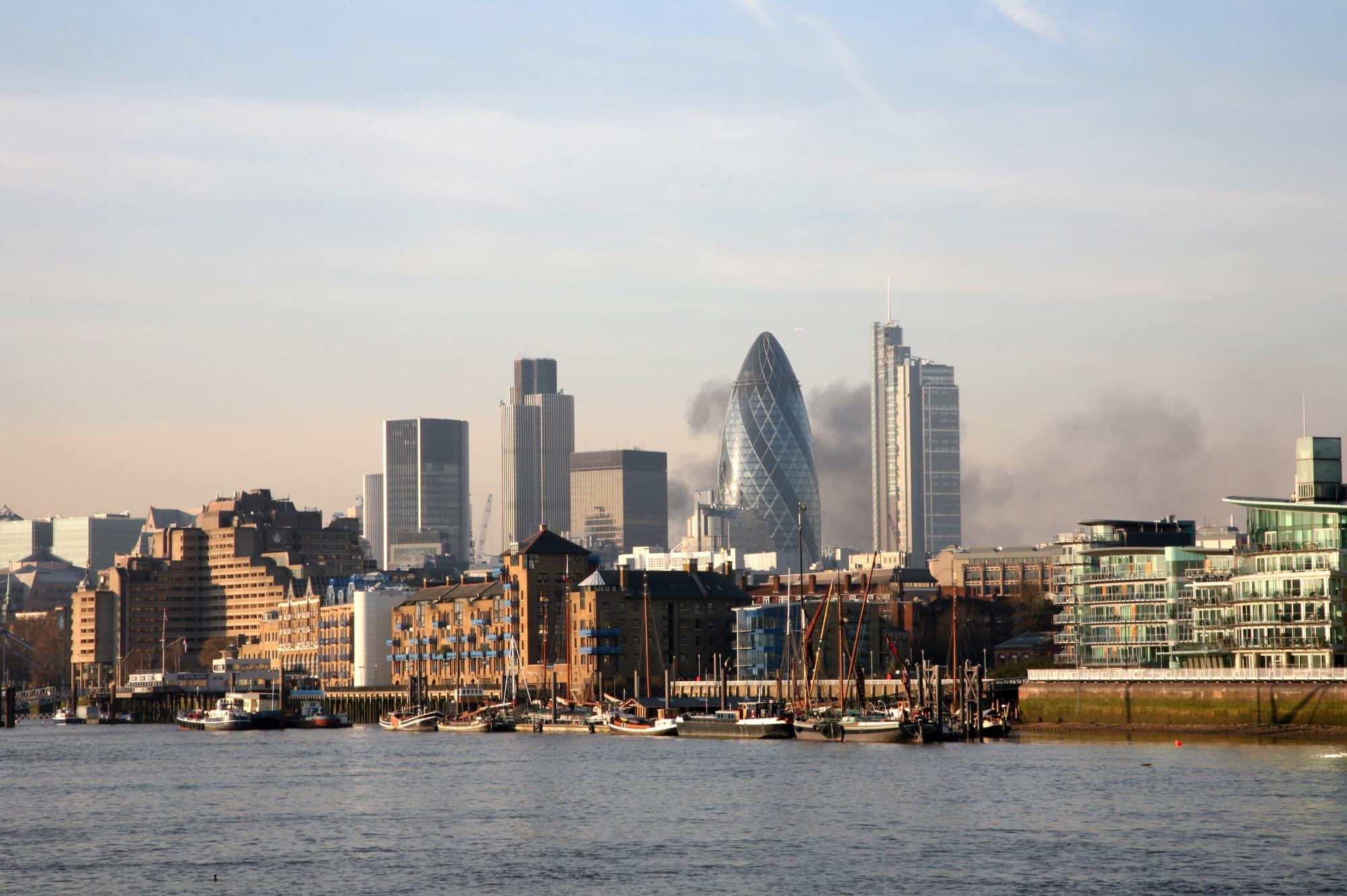Apr 9 2021
A new study gathered data from 337 cities from 18 countries, which indicates that even a minor increase in the ambient levels of carbon monoxide emitted from automobiles and other sources are linked to increased mortality.

Image Credit: Bikeworldtravel/shutterstock.com
Under the guidance of Assistant Professor Kai Chen from the Yale School of Public Health, a group of scientists examined data, which includes 40 million deaths in total from 1979 to 2016, and processed it using a statistical model.
Published recently in the journal The Lancet Planetary Health, the study discovered that even brief exposure to ambient carbon monoxide (CO)—at levels below the present air quality guidelines and regarded safe—was linked to increased mortality.
The study has discovered that on the whole, a 1 mg/m3 rise in the average concentration of CO of the previous day was linked with a 0.91% increase in the everyday total mortality. This indicates that significant public health benefits could be realized by decreasing ambient CO concentrations via stringent control of traffic emissions and other efforts.
Chen and his collaborators have found that the exposure-response curve was steeper at everyday CO levels that are lower than 1 mg/m3, thereby signifying a higher risk of mortality for every increment in CO exposure. This remained at daily concentrations as low as 0.6 mg/m3 or less.
The study results show that there is no proof for a threshold value below which exposure to ambient CO can be regarded as 'safe.'
The U.S. National Ambient Air Quality Standard for ambient CO (roughly 7 mg/m3 for the everyday average) was fixed in 1971 and has not been revised in the last 50 years. The same air quality guideline for CO has been set in other regions like Europe, whereas a lower value of 4 mg/m3 was fixed as the air quality standard of China.
The results firmly indicate the need to revise national and global air quality guidelines for CO and, besides single-pollutant standards, policies ought to be widened to tackle traffic-related air pollution mixtures.
These findings have significant public health implications. Millions and millions of people live in environments with elevated CO levels and in environments where the CO levels are within the current guidelines considered ‘safe range’.
Kai Chen, Assistant Professor, School of Public Health, Yale University
The international study is thought to be the biggest epidemiological investigation on mortality and brief CO exposure. The co-author of the study is Michelle Bell from the Yale School of the Environment.
Chen had jointly worked with 37 other researchers from the Multi-Country Multi-City (MCC) Collaborative Research Network. The senior authors of this study are Alexandra Schneider of the Helmholtz Zentrum München in Munich, Germany, and Antonio Gasparrini of the London School of Hygiene & Tropical Medicine.